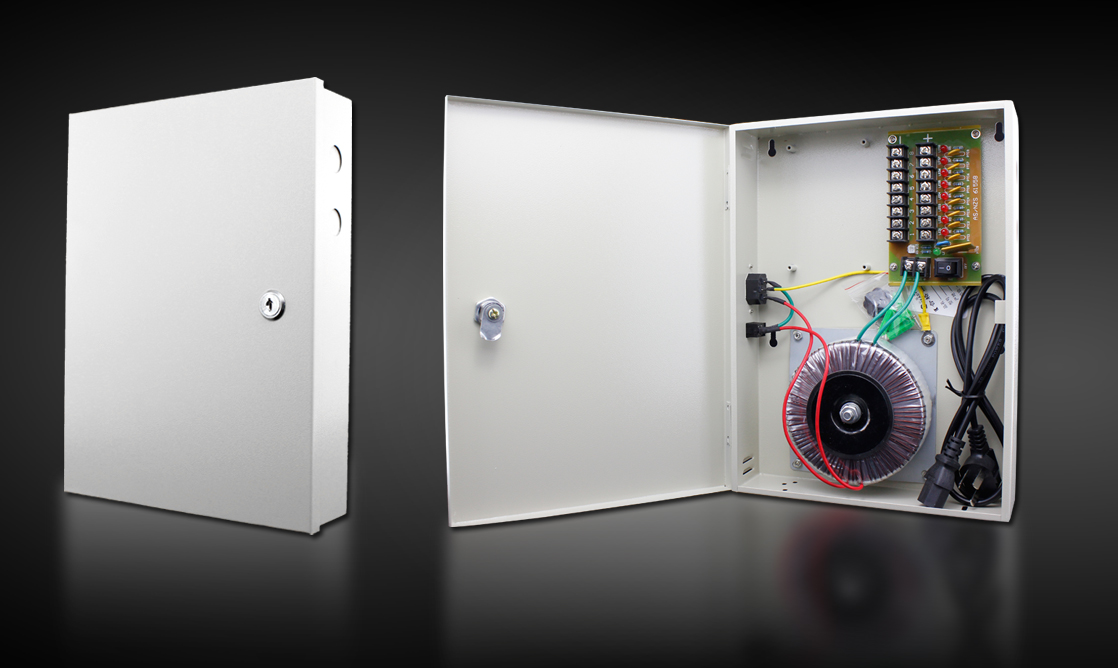According to the physicist organization network reported in April, the Harvard University research team has developed a new method that can use the genetic material code to create synthetic polymers. The synthetic polymers "evolved" by this method may have new or improved functions, such as being used as a catalyst for chemical reactions or enhancing the therapeutic potential of diseases. Related research results were published in the latest issue of "Nature · Chemistry". In biology, large molecules like DNA (deoxyribonucleic acid), RNA (ribonucleic acid), and proteins are the most common polymers, and these polymers have remarkable properties. In contrast, humans' ability to create artificial polymers with tailored properties is very limited. Researchers have tried to use the genetic code to create synthetic polymers, but their efforts are often hindered that new molecules must be similar to the genetic template that created them. To solve this problem, the team led by Harvard University professor of chemical biology Liu Dawei (transliteration) turned to a similar process that can be found in nature. The system does not allow the new polymer module to interact directly with the DNA template, but relies on a "adapter" molecule. Each adapter carries a part of the polymer, which is bound to the template to form a new polymer. In the final step of the process, the adapter is cut off and the synthetic polymer is created based on the genetic template. An interesting function of this system is that the resulting synthetic polymer does not have to have any structural relationship with the DNA template. The part of the system that binds to DNA bases is the adapter molecule, so it can be physically deleted from the template. This overall strategy seriously "plagiarizes" the protein synthesis process in nature, that is, tRNA (transferred ribonucleic acid) molecules are bound to a messenger RNA chain, and the amino acids carried by them are spliced ​​to form proteins. Theoretically, the new synthetic polymers created under the guidance of gene templates can also "evolve" unique properties, which is almost impossible to design in the laboratory. For example, suppose you want to create a synthetic molecule that can turn on the expression of a specific gene for cancer-related proteins. You may search current research results for clues on how to build such a molecule, and you may also use your chemistry knowledge to determine which molecules are possible. However, for such a complex molecular goal, these efforts often fail. The power of evolution makes it more feasible to achieve these ambitious goals. Binding a very specific molecule and creating a biological reaction is very difficult for polymer scientists to design from scratch, but it is not difficult for the evolution of nature. Nature has experienced semi-random attempts by millions of generations, and the most successful part of the strategy in each generation is passed on to the next generation through its molecular secrets. Evolution is iterative, and small advances of any generation are inherited and developed into major successes in the future. Professor Liu said that his next goal is to use this system to evolve synthetic polymers that can achieve more complex functions, and then fold it into a structured three-dimensional shape, bound to specific molecules with biomedical or chemical uses And eventually catalyze chemical reactions.
CE approved input 220V output AC24V CCTV power distribution unit led transformer power supply box
Features:
Soft starting current, effectively reduce the impact of AC input, independent short-circuit protection and surge protection, resume automatically after clearing of fault, EMI filter, minimum ripple, 100% load test, quality guarantee, high efficiency, low T-rise, continuous duty.
Individual LED Power Indication:
Input with a switch, LED indicators lighten when the power supply operates normally.
Individual PTC Output Protection:
each output contains independent PTC, LED indicator, which is not interfere with each other.
Application:
Product Images:
Boxed Power Supply,Boxed Power Supply 24Vac,Cctv Boxed Power Supply, Boxed Power Supply Ups Guangdong Steady Technology Co.LTD , https://www.steadysmps.com
